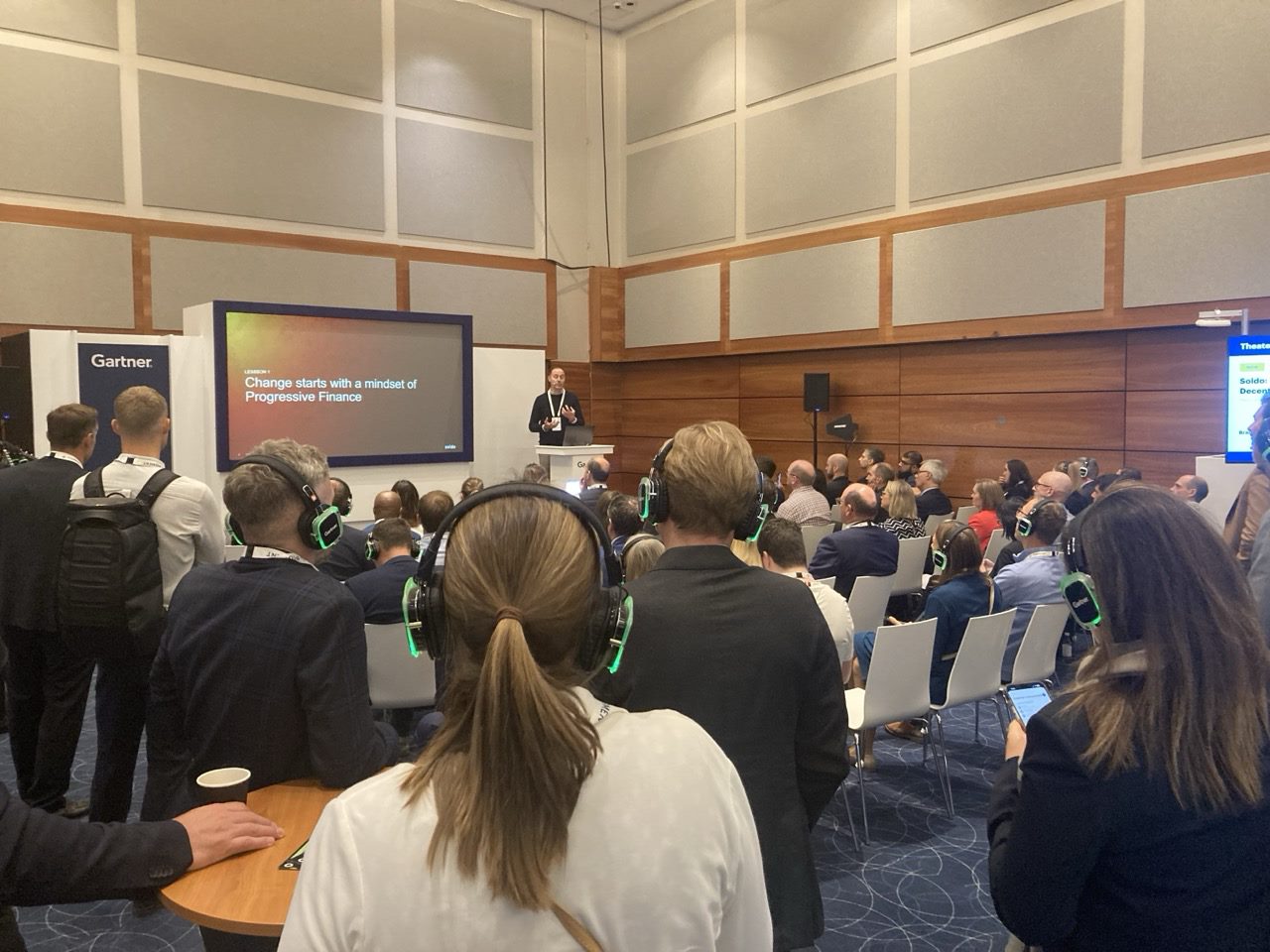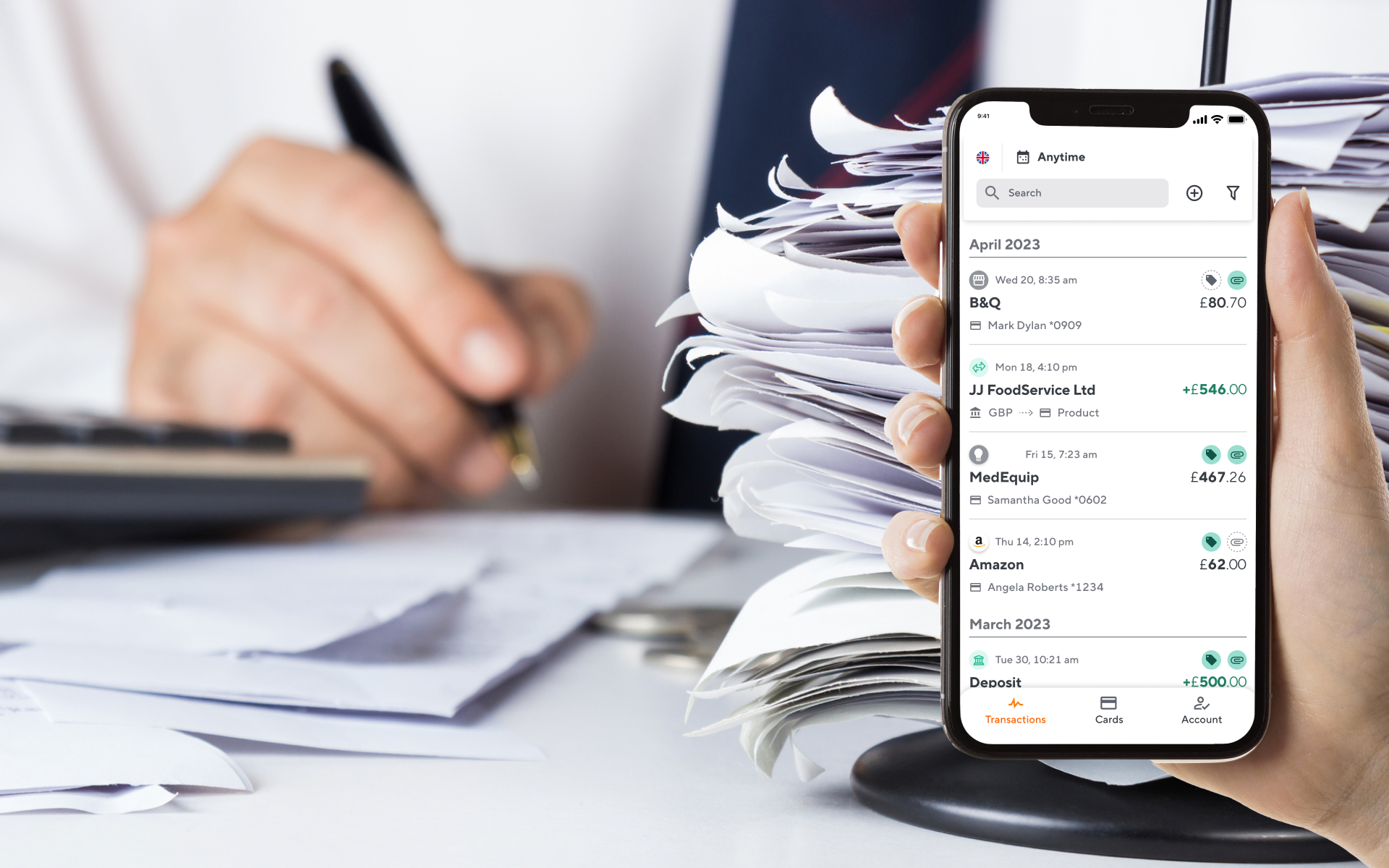Using tags is like taking a microscope to your expenses, enabling you to see patterns and trends that you otherwise wouldn’t have noticed.
Expense reports – the bane of every employee’s life?
Expense reports are an essential part of the accounting cycle. Traditionally, though, they are a source of hassle, and can be a huge operational drain on time and money.
Our survey, conducted by independent pollsters, YouGov, found that UK SMEs are wasting £8.72 billion a year managing their company expenses. The bulk of this loss of time and money comes from the hours spent compiling tedious expense reports – the bane of many employees’ lives.
Luckily, thanks to new technology, there’s a better way to handle expense reports.
Basic expense reports in less than ten seconds
Soldo Business makes the whole process completely effortless. A couple of clicks is all it takes to generate accurate exportable reports that integrate seamlessly with your existing accounting software. Whether you’re using Sage, Xero, QuickBooks or any other system that reads CSV, XLS, QIF or OFX files, Soldo Business does the work for you.
Why basic expense reports are no longer enough
We all know that expense reports are an essential part of the accounting cycle – tying everything up neatly at the end, and serving as evidence for HMRC or for your own internal auditing processes.
Yet expense reports should be far more than simple lists of transactions.
Whether your business is booming or struggling, expense reports should serve as important focuses for identifying potential cost-savings. But combing through them to identify problem areas is time-intensive, not to mention boring.
With a couple of smart but simple upgrades, you can convert your basic expense report from an endless list of transactions into a powerful resource for clear and incisive analysis.
Not only will you save precious time, but also – crucially – you’ll be able to pinpoint issues with an accuracy and speed that would otherwise require the steely eye of an actuary.
First things first – what is a tag?
The quasi-technical definition:
A tag is a non-hierarchical piece of metadata. Metadata simply means data about data, and data just means information. Therefore, metadata is information about information.
By non-hierarchical, we mean that tags don’t have any other value by which they can be ranked – each is ‘worth’ as much as the next.
So, tags tell us useful information about other information, making it more useful to us. It’s then up to us what we do with that new information.
Tags in expense reports – the real-life definition:
Adding a tag to a transaction is a shorthand way of labelling that transaction. Tags enable you to group together purchases that have something in common.
Tags are rigid, but flexible
A tag is far more than a simple label. If it were, you wouldn’t be able to define which categories matter most to you from an accounting perspective. Your employees would be free to attach their own labels to each transaction, creating chaos. The result would be a random list of labels that would yield nothing to the analytical eye.
So, from the point of view of the account administrator, tags are flexible. You can define as many as you like, and call them whatever you like. Common tags are ‘food’ / ‘accommodation’ / ‘travel’, people often define tags for specific projects, to track expenses for each one.
From the employee’s point of view, the tags are rigid. Your employees can only choose a tag (or tags) from the list that you’ve defined for them.
This keeps things clean, and makes sure that everyone’s speaking the same language.
One tag isn’t always enough – effortless granular detail
The deeper you go into using tags to enhance your expense reports, the more you’ll realise that tags let you examine your business expenses in the richest, most granular detail. And it’s effortless.
Sometimes you may only want to look at how much your employees are spending on food in the course of their work.
At other times, you’ll want to be able to examine how much was spent on food in the course of a particular project, and perhaps also to separate client entertaining from simple sustenance taken by your employees while out on the road.
You can go into as much, or as little, detail as you like.
Putting tags into action
- Think carefully about the various categories of expenditure that might possibly be of interest to you come the end of the cycle. Ask yourself what you wish you had known this time last year when you sat down to analyse your company expenses. What was missing? What kind of information would have helped you reach real, actionable conclusions? Draw up a list of tags based on your findings and experience.
- Add the tags in your Soldo Business dashboard by following these steps:
- Log in to your Soldo Business dashboard
- Move the cursor to the left hand menu and click on ‘Tags’ (under the MANAGE section)
- Click on ‘ADD TAG’ or the green plus sign next to it – a box will pop up, inviting you to add a tag
- Type the tag name you’d like to use, and click on the orange ‘CREATE’ box
- Your tag will be added to the list of tags in your Soldo Business dashboard, ready for use
- Make sure your employees know how important it is to add the appropriate tag/s to each transaction in the Soldo Business app. Tell them that, by introducing Soldo Business, you’ve relieved them of the task of drawing up tedious expense reports but that, in return, you expect them to do this one simple 5 second task each time they use their Soldo Mastercard.
Using tags in your expense reports
When it’s time to generate expense reports, just follow the steps for generating a report in the dashboard, and export it to Excel.
Open the report in Excel, and you’ll see the tag column clearly labelled. Select the data you want to sort, and follow Microsoft’s instructions for sorting the data according to the tag column.
Your report will now be organised according to tags, and you’ll be able to identify patterns and tendencies that will add a vital level of detail to your expense analysis process.
Next time you wonder how much a particular project is costing in terms of travel, you won’t have to take out your magnifying glass and set aside a frustrating afternoon to trawl through everything. A few clicks, and all the info you need is right in front of your eyes.
Coming soon: generate reports by tag
In the next release of Soldo Business, we’ll be taking tags to the next level.
Instead of generating reports based purely on employees and currency, you’ll be able to generate reports that select information based on a specific tag or tags.
This means that, within a couple of clicks, you can export separate reports for as many combinations of tags as required to get the results your business needs.
Watch this space for an announcement of the tag report update.
Tags are only part of what Soldo Business has to offer
Tags are the cleanest way of sorting and categorising transaction data, and represent a huge leap forward in terms of time-saving and cost-efficiency.
But did you know that your users can also add notes to their transactions? Notes save time and energy by preemptively supplying the information that you otherwise would have had to expressly request. For example, an employee might tag an expense with ‘lunch’ and ‘project X,’ but it doesn’t tell you who they had lunch with, and why. This is where notes come in. Your employee might then write ‘Lunch with potential new client X.’
Beyond notes, employees can also take a quick phone snapshot of the relevant receipt, and attach it to the transaction. In fact, they can upload pretty much anything that would be helpful when it comes to analysing and reconciling their expenses.
The app makes it easier than ever for your employees to actively contribute to the reconciliation process. By using tags, as well as notes, receipt photos and other attachments, they can get everything wrapped up in a few moments, without having to enter into extended correspondence with you, nor search the bottom reaches of their bags for crumpled receipts that never materialise.
And for employers, Soldo Business puts an end to doubts, queries and questions over why your staff are spending what they’re spending. Instant spending notifications will make sure you keep tabs on everyone in real time, but even if you can’t monitor your Soldo Business dashboard as much as you’d like, the information is always waiting for you when you sit down to generate those rich but effortless reports.
If you have any questions about using tags, or anything else to do with Soldo Business, please get in touch at support@soldo.com.










